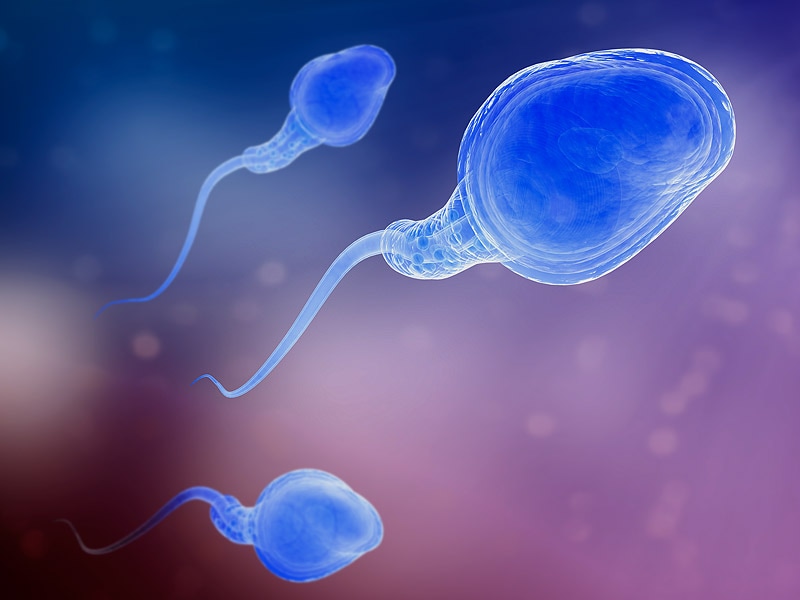
In some cases, the body is able to reabsorb the blood. haematocele – this is a blood clot caused by trauma or injury to the testicles or scrotum.Treatment may include surgery or radiological techniques that can block the affected testicular veins, and redirect the blood flow into unaffected veins The links between varicocele and infertility are not fully understood and research is ongoing. Varicoceles usually don’t need treatment, unless the varicocele is severe enough to cause discomfort or impair fertility. This swells the veins and gives the appearance of ‘varicose veins’. If the valves don’t work, blood pools in the veins. When a man stands up, blood in the veins has to move against gravity to return to the heart. varicocele or varicose veins – 10 to 15 per cent of men have a varicocele, occurring where veins draw blood from the testicle.epididymo-orchitis – this is infection of the epididymis, testicle or both, causing inflammation and pain.Causes include urinary tract infections and sexually transmissible infections (STIs). Epididymitis is infection and inflammation of these tubes. epididymitis – the epididymis is a collection of small tubes located at the back of each testicle.Other conditions that can affect the testicles include: Surgical removal of the affected testicle (orchidectomy) is usually the first treatment for all testicular cancer. In most cases, testicular cancer can be cured if the person seeks medical treatment early. Testicular cancer is an abnormal growth or tumour that appears as a hard and usually painless lump in either testicle. Surgery is needed to correct the problem, but the testicle is not at risk. This blue dot is the darkened appendix testicle. However, the onset of pain is slower and the condition often presents with a noticeable blue dot on the surface of the scrotum. This condition is easily confused with testicular torsion because the symptoms are so similar. Torsion of the appendix testicle means that the structure has twisted and cut off its blood supply. It doesn’t appear to have any particular function. The appendix testicle is a small tissue structure located at the upper third of the testicle. If the torted (twisted) testicle has to be removed, then a surgeon can put a prosthesis or silicone testis into the scrotum for cosmetic reasons (usually at a later date). In many cases, the surgeon will also secure the spermatic cord on the unaffected side, to prevent future torsion of the other testicle. If the blood supply has been disrupted for too long, the testis may not be viable or salvageable, and may need to be removed. Unnecessary investigations should not take place if torsion is suspected, as delays to surgery can affect the viability of the testis. The survival rate of the affected testicle is poor unless surgery is performed within four to six hours of the injury. Sometimes, a doctor can only make a conclusive diagnosis at the time of surgical exploration. A doctor uses physical examination and ultrasound scans to make the diagnosis. Surgery must untwist the spermatic cord and restore blood flow to the testicle. Urgent medical attention is needed to save the testicle when torsion is diagnosed. An infection should not be considered until torsion has been ruled out. These symptoms can often be confused with an infection of the testicles. In most cases, however, it is caused by abnormalities in a male’s anatomy (body structure and organs) that make it easier for the testicle to twist or rotate around the cord. Hard physical activity can cause this twisting of the cord. This condition can occur at any age, but tends to be more common between the onset of puberty and the mid-20s. Testicular torsion occurs when the spermatic cord twists and cuts off the blood supply to the testicle. The spermatic cord attaches the testicle to the body. Sperm production needs a temperature that is around 2☌ lower than the body, which is why the testicles are located outside the body in the scrotum.
#Does sperm production hurt skin#
Each testicle is housed in a fibrous outer covering called the tunica albuginea, which is contained within a sac of skin called the scrotum. They are two small, oval-shaped male sex glands that produce sex hormones and sperm. Testicles are also known as testes (one is a testis) or ‘balls’. It is important to seek prompt medical attention for any testicular complaint.

The testicles are also prone to injury because they are not protected by muscle or bone. There are various non-cancerous conditions that can affect the testicles.


 0 kommentar(er)
0 kommentar(er)
